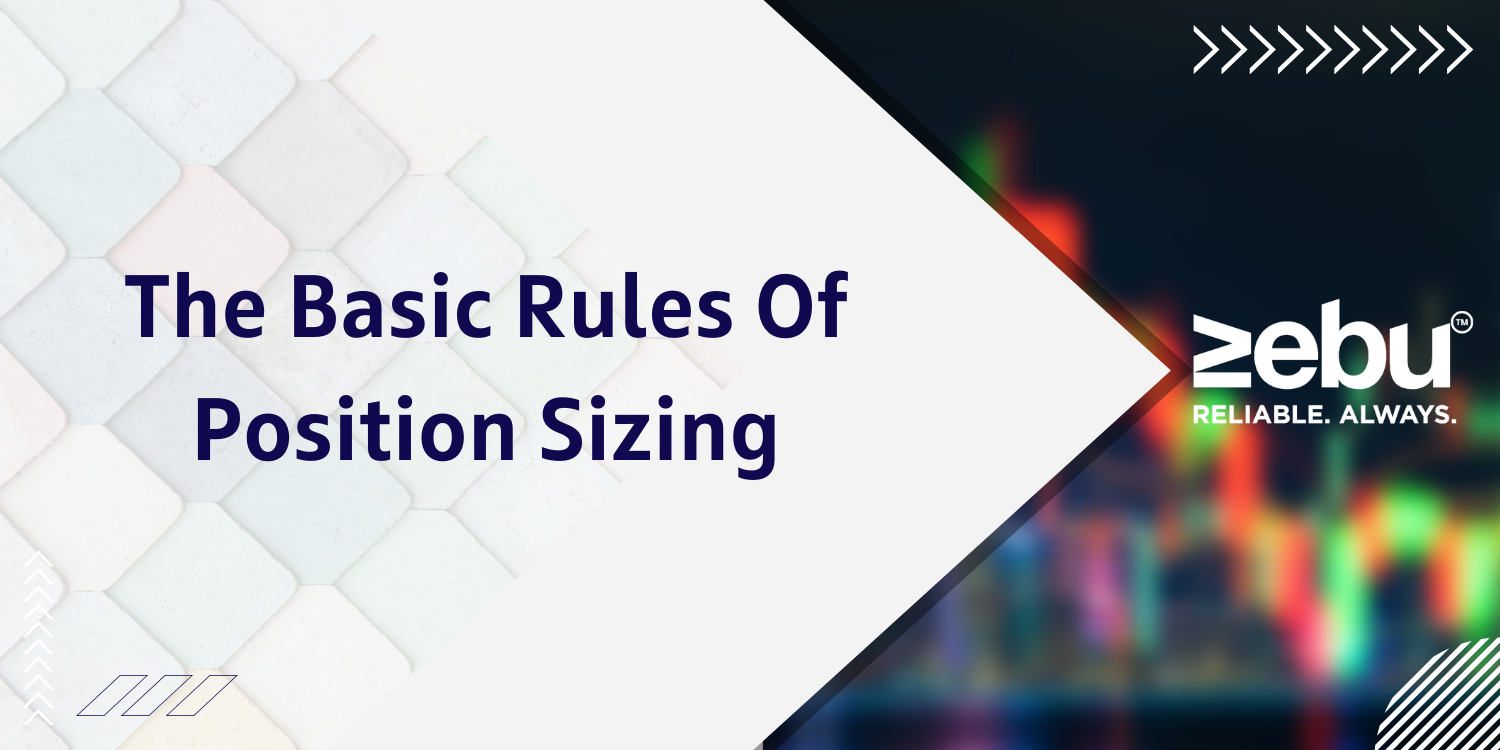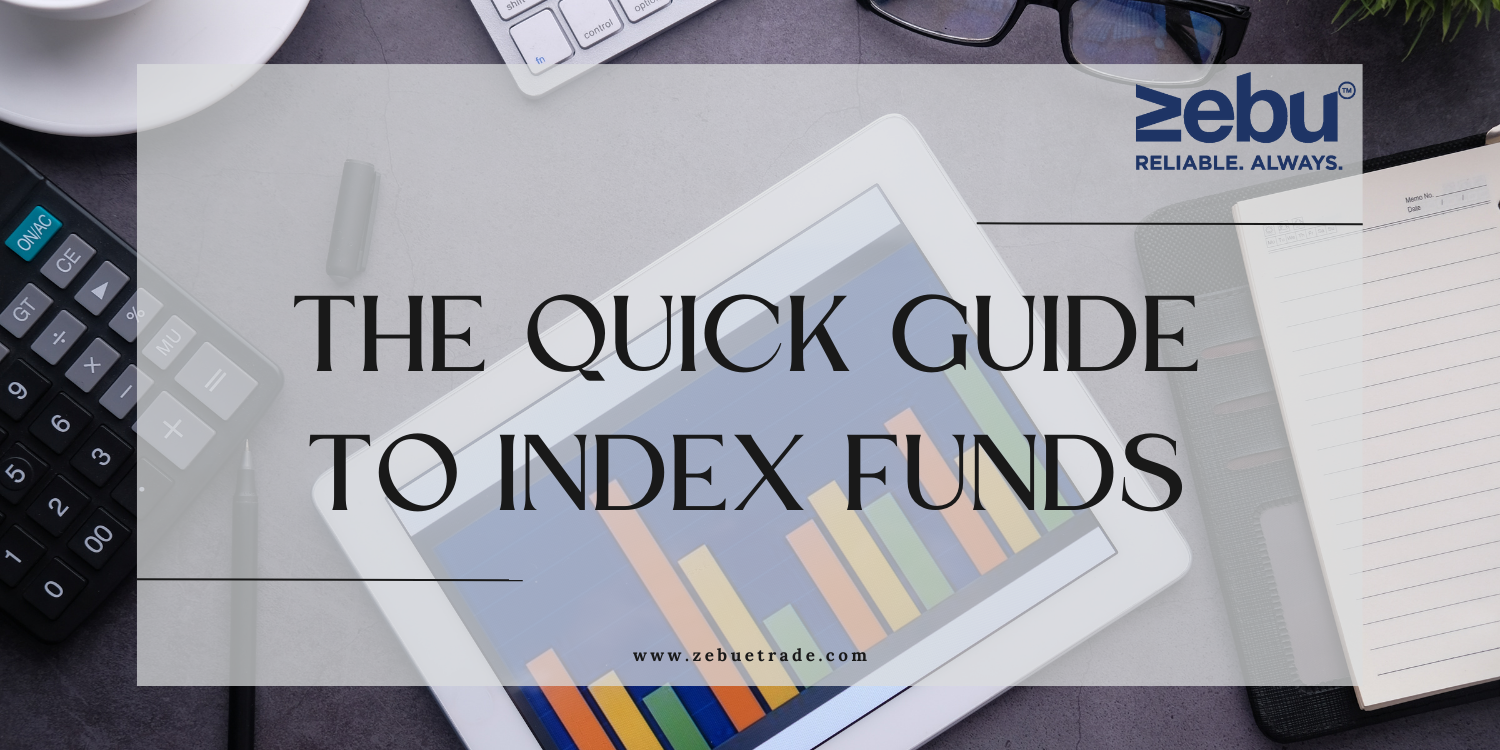
In India, there are several investment opportunities that give attractive returns. With so many alternatives, it’s understandable that one would be confused about where to invest. To determine which investment channel is the ‘best,’ we must first assess an individual’s requirement and risk tolerance. There are investment solutions that are tailored to an individual’s objectives and needs.
Indians prefer to invest in government-backed securities since they are viewed as safe investment vehicles. The following are a handful of India’s most popular investment avenues:
If you are considering investing then you need to make sure that you use the best broker for trading with the lowest brokerage on offer. Zebu empowers your online stock trading journey with a state-of-the-art trading platform as well.
Bank Fixed Deposit (FD)
Bank Fixed Deposit (FD) Bank FDs pay a substantially greater interest rate than standard savings bank accounts. 5-year tax-saving FDs are tax-deductible under Section 80C of the Income Tax Act, 1961, and investors can deduct up to Rs 1,50,000 per year. Senior citizens receive a little higher rate of interest on FDs. The rate of interest varies according to the duration of the investment, the amount invested, the resident status (NRI or not), and the bank. FDs are subject to a lock-in term. If you desire to withdraw within the lock-in period, the bank will charge you a penalty in the amount of interest deducted from the investment.
The following are the primary features of bank deposits:
You receive guaranteed returns over time.
The most suitable investment for risk-averse investors.
Partial withdrawals are permitted, as is borrowing against the balance.
Public Provident Fund (PPF)
PPF investments are subject to a 15-year lock-in term. PPF is regarded as one of the safest investments due to the scheme’s governmental guarantee. As with bank FDs, PPFs pay a substantially greater interest rate than a standard savings bank account.
PPF’s key attributes include the following:
Best suited for long-term financial goals due to the scheme’s 15-year lock-in period.
Because the investment is not market-linked, it provides guaranteed returns over time.
You have the choice of redeeming the entire corpus or extending the account for a five-year period.
National Pension Scheme (NPS)
The NPS is another government-sponsored retirement programme. The Pension Fund Regulatory and Development Authority manages the scheme (PFRDA). The NPS is made up of a variety of investments, including liquid funds, term deposits, and corporate bonds. There are numerous NPS schemes from which you can choose according to your needs. Interest rates vary amongst funds.
NPS’s primary characteristics include the following:
The scheme is offered to employees in all sectors.
The scheme allows for annual tax deductions of up to Rs 2 lakh under the Income Tax Act, 1961.
You can manage your portfolio passively or actively.
Sovereign Gold Bonds
Sovereign Gold Bonds Indians have a strong affinity toward the yellow metal. Gold investments are made through the purchase of gold jewellery, coins, and bars. Apart from real gold, investors can invest in gold through gold ETFs and sovereign gold bonds.
SGB’s primary characteristics include the following:
Investing in gold enables you to protect yourself against inflation.
Due to the inverse relationship between gold and stock markets, investing in gold functions as a hedge against stock market declines.
Gold’s price does not fluctuate dramatically over time, providing you with capital protection.
SGBs give an interest of 2.5% per annum.
The lock-in period is 8 years.
SGBs are issued by the RBI.
7.75% GoI Savings Bond
7.75% G-Sec bonds replaced the previous 8% savings bond. These bonds were initially issued in 2018. As mentioned in the title, investors get annual interest at a rate of 7.75 percent. These bonds can be purchased for as little as Rs 1,000.
The following are the primary characteristics of 7.75 percent GOI Savings Bonds:
Your investments are guaranteed by governmental assurances, which safeguard your capital.
You receive an assured annual rate of return of 7.75 percent.
Recurring Deposit (RD)
A recurring deposit is an alternative to a fixed-term deposit. Individuals invest a fixed sum on a regular basis using RDs. As with FDs, RDs pay a significantly greater rate of interest than a standard savings bank account. You can use your real estate development investment as collateral to obtain secured loans.
RD’s primary characteristics include the following:
Investing in an RD over a longer-term enables you to gradually instil a feeling of financial discipline.
You do not need a significant sum to begin your investment; a small sum is sufficient.
You have guaranteed profits over time because the investment is not tied to the stock market.
Now that you have understood more about low-risk investments, you also need to ensure that you use the best broker for trading with the lowest brokerage on offer. Zebu empowers your online stock trading journey with a state-of-the-art trading platform as well.








